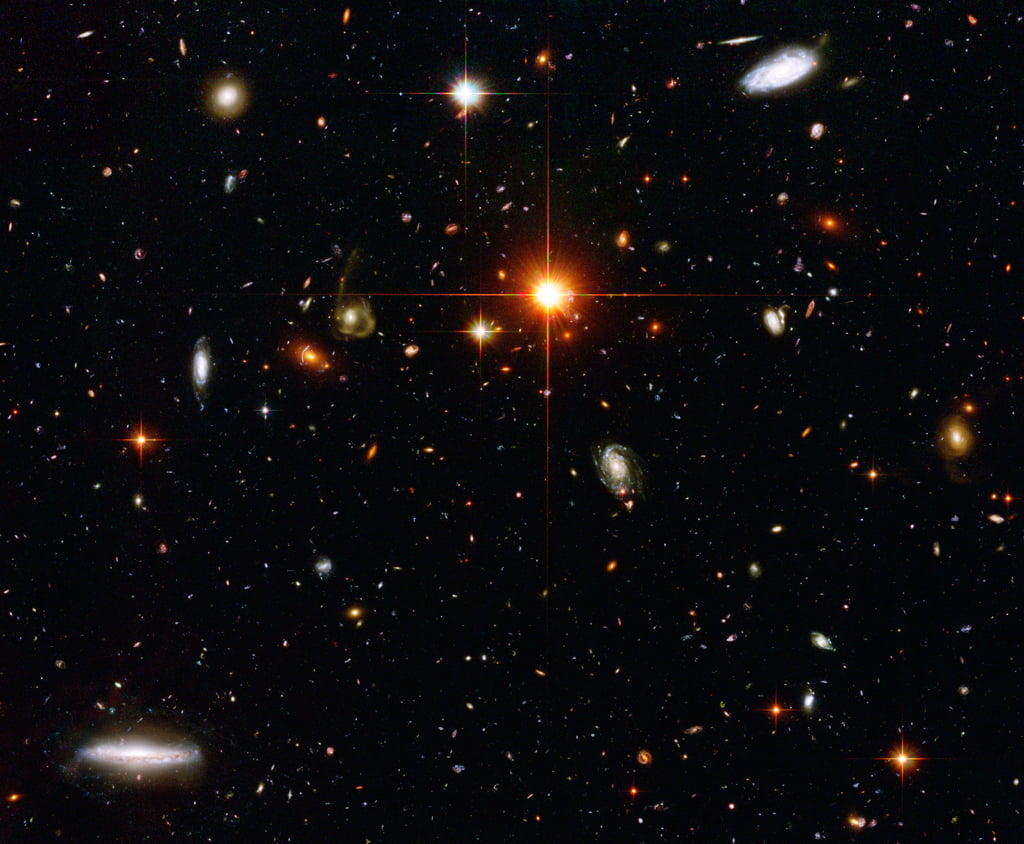According to modern science, in order for life to exist on a planet, certain key conditions must exist, including liquid water and a certain surface temperature. For that reason, when searching for alien life, scientists look for planets that are just the right distance from the star they’re orbiting, which have the perfect temperature (nicknamed “Goldilocks” zones). However, a recent paper published by an Israeli theoretical physicist Professor Abraham (Avi) Loeb, chair of the Astronomy department at Harvard University, has shown that there may be other places (and times) to look.
Related articles
- What’s With The Crazy Weather On Uranus And Neptune?
- Tel Aviv University Discovers New Planet Using Einstein’s Theory Of Relativity
Life first evolved on planet earth some 3.8 billion years ago, but Loeb’s paper suggests that it could’ve evolved elsewhere in the universe approx. 10 billion years earlier. Loeb points out that after the big bang, the universe was flooded with superheated cosmic microwave background radiation (or CMB). This radiation gradually cooled to its current temperature of minus 270 degrees Celsius. However, about 15 million years after the big bang, this radiation’s temperature was between 0 and 100 degrees.
“The universe was a warm sunny day”
What this means is that the universe itself was a warmer place, and if planets formed in it back then, they would potentially have the right temperature for life to form – regardless of the distance from the star they’re orbiting.
“When the universe was 15 million years old, the cosmic microwave background had a temperature of a warm summer day on Earth,” Loeb explained. “If rocky planets existed at that epoch, then the CMB could have kept their surface warm even if they did not reside in the habitable zone around their parent star.”
Like Loeb says, another condition would be rocky planets, meaning planets with a solid surface. Although current findings show that there were no such planets in existence so early in the universe’s life, Loeb claims that, since the temperature was right, life could’ve evolved on other rock formations, which were just floating around the universe and not orbiting a certain sun.
Loeb’s research may open a new 7-million-year window in which life could’ve evolved in other parts of the universe and greatly change the “how” and “where” scientists search for evidence of alien life.
Photo by Hubble Heritage
Related posts

Editors’ & Readers’ Choice: 10 Favorite NoCamels Articles

Forward Facing: What Does The Future Hold For Israeli High-Tech?

Impact Innovation: Israeli Startups That Could Shape Our Future





Facebook comments